Regulatory Support
Regulatory support is emerging as a crucial driver for the Glue Laminated Beam Market. Governments worldwide are increasingly implementing policies that encourage the use of sustainable building materials. These regulations often favor engineered wood products, including glue laminated beams, due to their lower carbon footprint compared to traditional materials like steel and concrete. For instance, various countries have introduced incentives for green building practices, which can enhance the market appeal of glue laminated beams. Additionally, building codes are evolving to accommodate innovative materials, further supporting their adoption in construction projects. This regulatory environment is likely to foster growth in the Glue Laminated Beam Market, as stakeholders seek to comply with sustainability mandates while optimizing construction efficiency.
Technological Innovations
Technological innovations are playing a pivotal role in shaping the Glue Laminated Beam Market. Advances in manufacturing processes and materials science have led to the development of stronger and more durable glue laminated beams. Innovations such as improved adhesive formulations and enhanced wood treatment techniques are contributing to the overall performance of these products. Furthermore, the integration of digital technologies in design and production is streamlining operations and reducing waste. The market is witnessing a surge in the adoption of Building Information Modeling (BIM), which facilitates better planning and execution of construction projects. This technological evolution is expected to drive the Glue Laminated Beam Market forward, as it enhances product quality and operational efficiency.
Infrastructure Development
Infrastructure development is a significant driver for the Glue Laminated Beam Market. As urbanization continues to accelerate, there is an increasing demand for robust and sustainable building materials. Glue laminated beams are particularly well-suited for large-scale infrastructure projects, such as bridges, commercial buildings, and sports facilities. The global infrastructure investment is projected to reach USD 9 trillion by 2025, creating substantial opportunities for the glue laminated beam sector. This surge in infrastructure spending is likely to stimulate demand for engineered wood products, as they offer a combination of strength, aesthetic appeal, and environmental benefits. Consequently, the Glue Laminated Beam Market stands to benefit from this ongoing trend in infrastructure development.
Sustainability Initiatives
The Glue Laminated Beam Market is experiencing a notable shift towards sustainability initiatives. As environmental concerns gain prominence, the demand for eco-friendly construction materials is on the rise. Glue laminated beams, made from renewable wood sources, align with these sustainability goals. The industry is witnessing an increase in projects that prioritize green building certifications, such as LEED. This trend is further supported by government regulations promoting sustainable practices in construction. In fact, the market for engineered wood products, including glue laminated beams, is projected to grow at a compound annual growth rate of approximately 5.5% over the next few years. This growth is indicative of a broader movement towards sustainable construction practices, which is likely to bolster the Glue Laminated Beam Market.
Customization and Prefabrication
Customization and prefabrication are emerging as key drivers in the Glue Laminated Beam Market. As construction projects become more complex, the need for tailored solutions is increasing. Glue laminated beams offer versatility in design, allowing architects and builders to create unique structures that meet specific project requirements. The prefabrication trend is also gaining traction, as it enables faster construction timelines and reduced labor costs. According to recent data, the prefabricated construction market is expected to reach USD 200 billion by 2026, which could significantly impact the demand for glue laminated beams. This shift towards customization and prefabrication not only enhances the aesthetic appeal of structures but also contributes to the overall efficiency of construction processes, thereby driving growth in the Glue Laminated Beam Market.


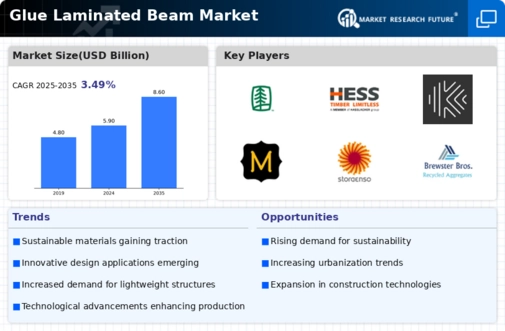
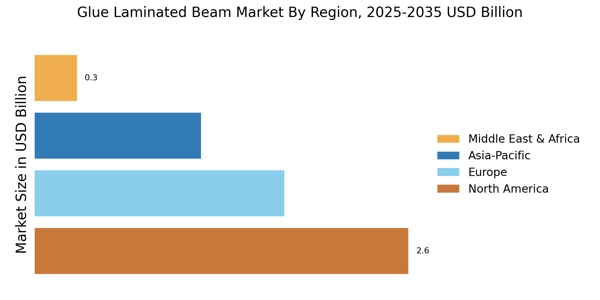
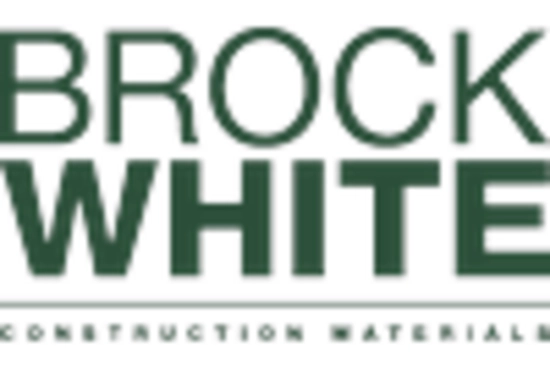
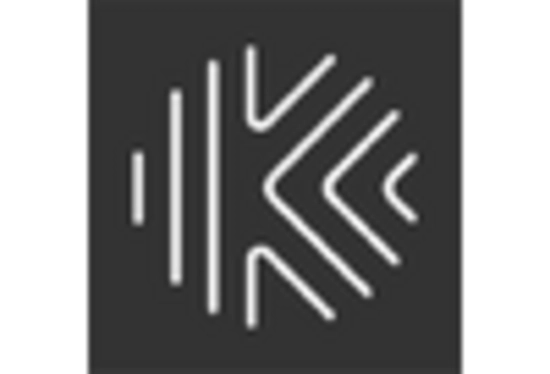
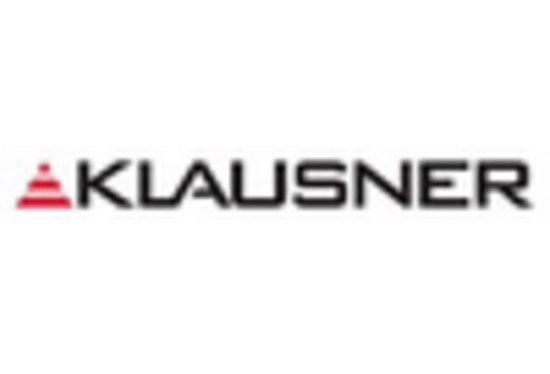

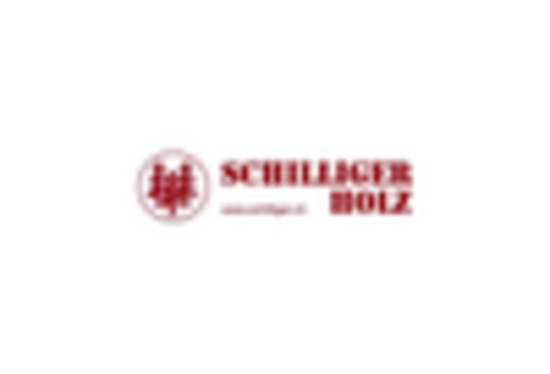
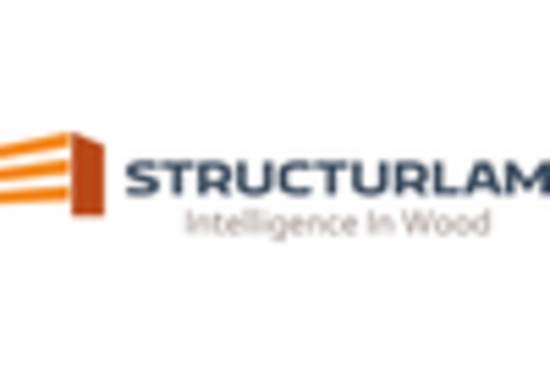








Leave a Comment